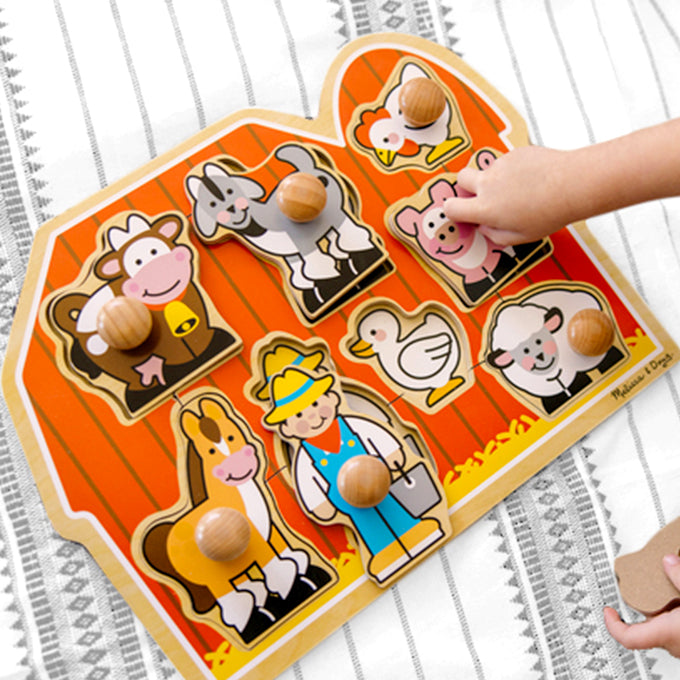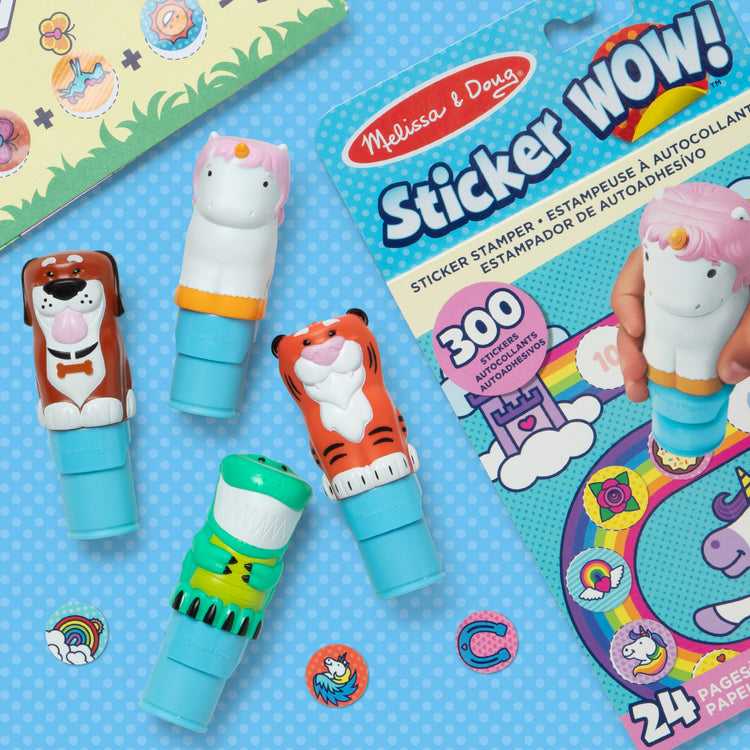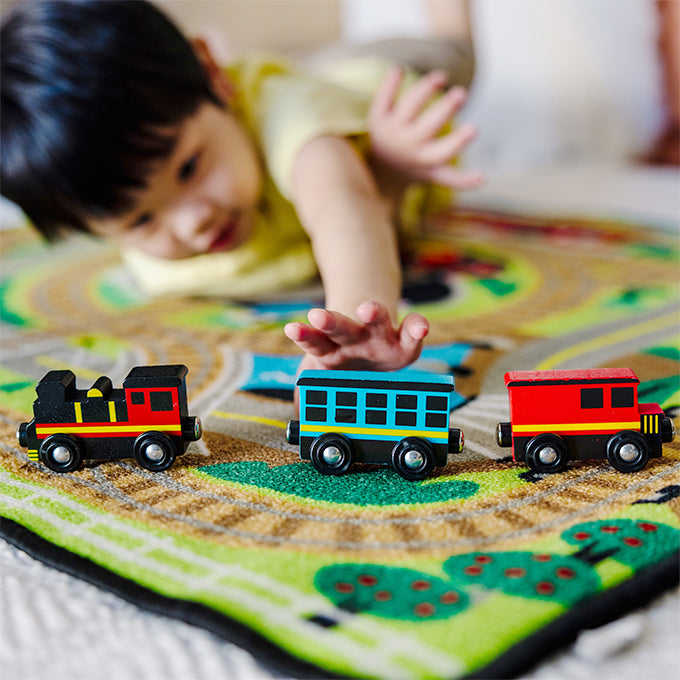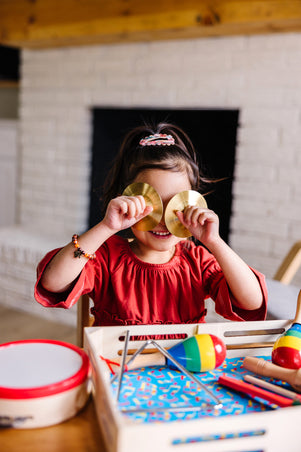I know creative play is important, but I’m not a creative person! What should I try?
Ironically, as I was starting to write this blog, I was feeling particularly un-creative. Staring at a laptop screen often does that to me — probably because it puts me into a task-oriented “work brain.” So I stepped away from my computer and pulled out my knitting needles so that I could rest my brain for a bit. It worked!

However, we want our kids to be able to “think outside the box” of formulas, so that they can adapt and help solve problems as our world constantly changes.
Creativity comes spontaneously to some people — my family and friends who are artists, performers, songwriters. But to others (like yours truly), we need to make time and space for it. It may not be the first way we approach a problem. For people in science or engineering, our gut is to approach new problems with predictable formulas that have worked in the past. When I was 7 years old, I drew houses and trees and horses the same way, every time. It felt good and safe.
However, we want our kids to be able to “think outside the box” of formulas, so that they can adapt and help solve problems as our world constantly changes. Creative play also supports flexible thinking, which is important for social skills and school success. Here are some ways you can help your child nurture their creativity (we all have it in there somewhere!), even if it’s not always your child’s first instinct.
4 Ways to Help Get the Creative Ideas Flowing
-
Prime your brain with a little down-time. Listen to a beautiful piece of classical or other instrumental music, stare out the window, knit a few rows, or do corpse pose in yoga. Do something kid-like (smell some crayons, brush a doll’s hair, tie a friendship bracelet!). By slowing your brain down, you will hopefully feel more spontaneous.
-
Break out of your play “script.” Think: when you sit down to play with your child, do you approach it the same way every time? Do you set everything up, or do you let your child do it? Do you sit at a table-top, or get on the floor with them? Do you tend to sit still or run around? Take notice of your go-to play habits, and recognize whether they feel too repetitive. If they do, change things up! Get on the floor, take out some stickers or markers you never use, change your perspective, or try letting your child be in charge of what comes next (within reason). Don’t be afraid of failure — it might feel new and odd at first, but it’s the act of trying to break out of your comfort zone that matters.
-
Re-find your funny bone. Feeling un-creative? Humor is one of the ways our brains juxtapose ideas and break out of usual thinking patterns. Think back: What made you giggle until you couldn’t breathe as a kid? Was it physical humor? Dressing up in ridiculous ways? Chances are, your kids are going to share some of your silliness preferences and therefore may find the same things hilarious. If you can’t remember and have a sibling, friend, or cousin you can call — ask them! The walk down memory lane might actually put you in more of a kid-centered mindset. Laughing certainly does.
-
Identify your urge to control. One of the main reasons play isn’t creative is because parents step in too much! We have our adult sensibilities about productivity, which can be the opposite of creativity sometimes. Make something for the purpose of the process of creating, not the end product. Be okay with something not being especially beautiful or taking a turn you didn’t expect! Here are a few starter ideas that I have done with my kids at one point or another:
-
DRAW: Do a drawing where you and your child take turns drawing different parts of the scene, or body parts on a monster.
-
SING: Take a song that you love to sing, and you and your child make up new words about how you’re feeling that day.
-
PRETEND: If you have a doll house or bunch of stuffed animals, rearrange them in a new way, and give all of them different voices and personalities.
-
DANCE: Put on some good dance tunes and play a game where you have to copy your child’s moves, and vice versa.
-
The most important thing is letting go a bit, and not judging yourself! This mindset will help prevent perfectionism in our kids, while also giving them a feeling of success when they scribble outside the lines (of that formulaic house and tree and horse) a little bit.
This web site is not an attempt to practice medicine or provide specific medical advice, nor does use of the site establish a physician-patient relationship. The use of this web site does not replace medical consultation with a qualified health or medical professional to meet the health and medical needs of you or others.










